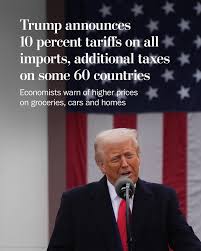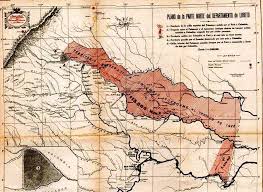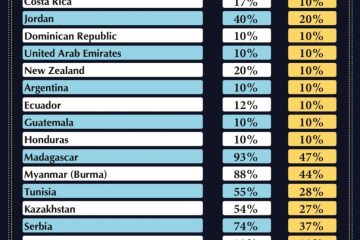Understanding Tariffs and Their Impact on Canada’s Economy

Introduction
Tariffs play a crucial role in international trade, serving as a tool for governments to regulate imports and exports. In Canada, tariffs affect various industries, consumer prices, and the broader economy. As recent global trade tensions have highlighted, understanding tariffs is more important than ever for businesses and consumers alike.
Current Context of Tariffs
In the past few years, Canada has navigated a complex trade landscape, particularly with significant trading partners like the United States and China. Following the renegotiation of NAFTA into the Canada-United States-Mexico Agreement (CUSMA), Canada retained several tariff rates, while also introducing new ones in response to U.S. tariffs on steel and aluminum imports. The Canadian government imposed tariffs on various U.S. products, emphasizing the retaliatory nature of trade policies.
Recent Developments
In 2023, Canada saw discussions about imposing tariffs on a range of products to protect local industries amid ongoing supply chain disruptions and inflationary pressures. For instance, tariffs on softwood lumber imported from the U.S. remain a contentious issue, impacting the residential construction sector. Additionally, the Canadian International Trade Tribunal has been keeping a close eye on anti-dumping duties that have been imposed to ensure fair competition for domestic manufacturers.
Effects of Tariffs
Tariffs can have various effects on the economy. They are intended to protect domestic industries by making imported goods more expensive, thereby encouraging consumers to buy locally. However, this can also lead to higher prices for consumers, as companies may pass on the cost of tariffs through increased prices. The ongoing inflation has exacerbated concerns, leading many to question the effectiveness of tariffs as an economic policy tool.
Consumer Impact
The implementation of tariffs can lead to increased prices for everyday goods. Aspects such as clothing, electronics, and food products may see price surges due to these tariffs. For example, the lumber tariffs have been linked to higher housing costs across Canada. This situation presents a critical concern not just for consumers but also for policymakers focused on stabilizing the economy amidst external shocks.
Conclusion
As Canada continues to navigate an evolving trade landscape, the implications of tariffs remain significant. Business owners, consumers, and policymakers must stay informed about these changes to adapt to the economic environment. Looking ahead, trade relationships, particularly with major global players, will continue to shape Canada’s approach to tariffs and trade policy. Understanding the ramifications of these tariffs will be essential for anticipating their impact on the Canadian economy and consumer choices moving forward.








